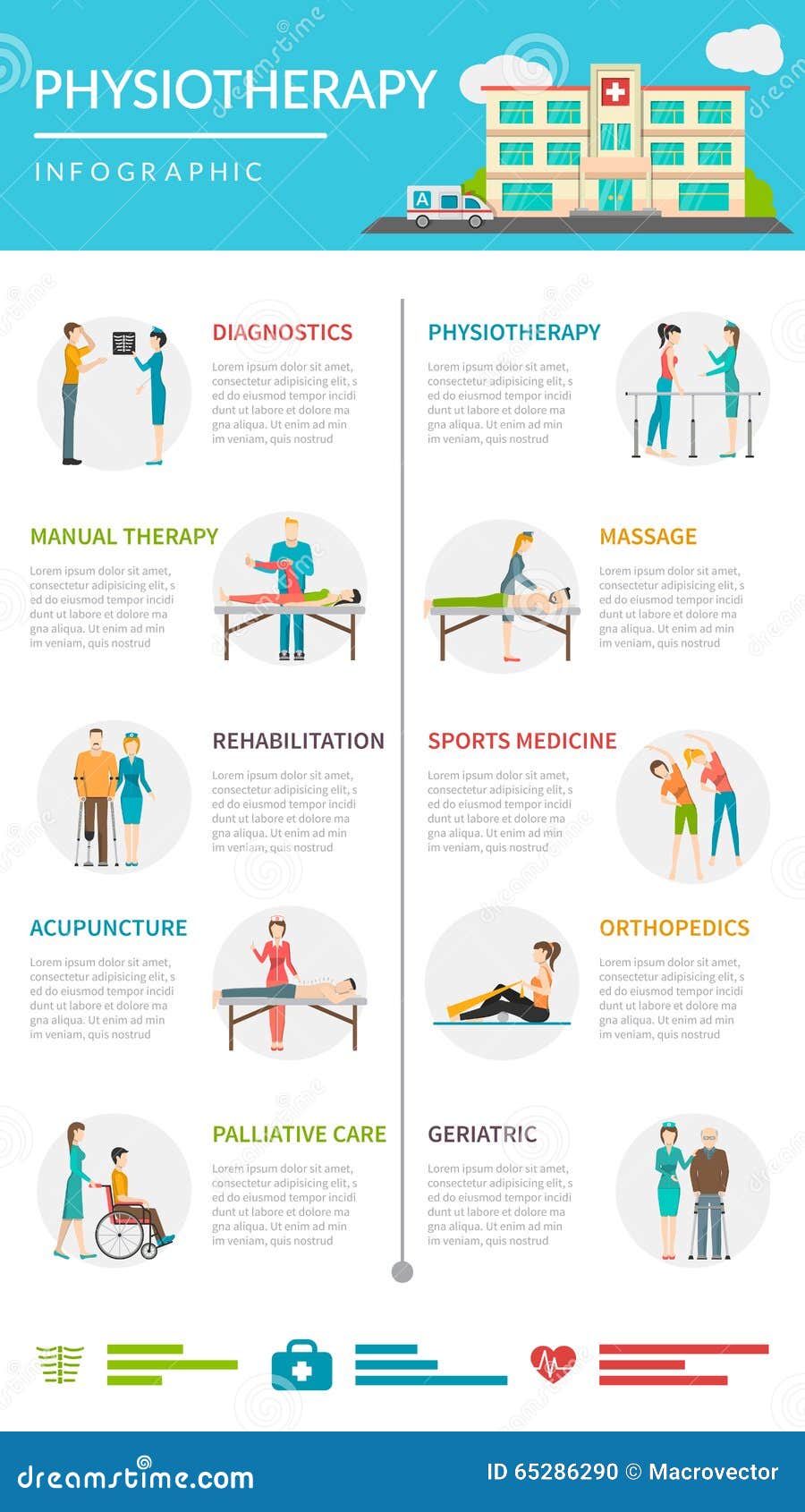When it comes to understanding cold laser therapy, there's an interesting world of scientific research waiting to be checked out. Related Site which low-level light engages with your body's cells to promote recovery might amaze you. From enhancing cellular feature to lowering inflammation and enhancing overall health, the science behind this treatment holds several keys that can benefit your wellness in unforeseen means. Interested by how these light waves work their magic? Allow's unravel the mysteries with each other.
Exactly How Cold Laser Therapy Works
To comprehend how cold laser treatment works, consider its capacity to pass through the skin and boost recovery at a mobile degree. When the cold laser is applied to the targeted area, it releases a low-level light that can pass through several centimeters beneath the skin. This light communicates with the cells in the cells, triggering a collection of organic reactions.
The photons of light power are taken in by the mitochondria, the powerhouse of the cell. This excitement boosts cellular function, promoting the manufacturing of ATP, which is essential for cellular energy. Because of this, the cells have extra energy to repair and regrow, increasing the healing process.
In addition, cold laser treatment additionally assists in decreasing swelling and boosting blood circulation in the damaged area. By lowering inflammation, it aids to reduce discomfort and swelling. The enhanced blood circulation brings extra oxygen and nutrients to the tissues, even more sustaining the recovery procedure at a cellular degree.
Mechanisms of Activity
Comprehending the devices of activity behind cold laser therapy offers understanding into its performance in advertising mobile recovery and lowering swelling.
When the cold laser is put on the skin, it penetrates the targeted cells without home heating or harming it. The photons of light emitted by the laser are soaked up by the mitochondria in the cells, where they boost the manufacturing of adenosine triphosphate (ATP), the energy money of the cell. This rise in ATP manufacturing improves mobile metabolic rate, bring about sped up recovery processes.
Furthermore, cold laser treatment helps to reduce swelling by activating the lymphatic drain system, which assists in getting rid of excess liquid and waste products from the affected location. The laser likewise promotes the release of anti-inflammatory moderators, such as nitric oxide, which play an essential role in dampening the inflammatory feedback.
Perks and Applications
Checking out the numerous advantages and functional applications of cold laser therapy reveals its convenience in dealing with a vast array of problems effectively. This non-invasive treatment choice is recognized for advertising tissue repair work and minimizing inflammation.
One considerable advantage is its capability to speed up the recovery procedure for injuries such as sprains, stress, and tendonitis. https://www.nature.com/articles/s41598-022-14812-8 is additionally utilized for pain monitoring in conditions like joint inflammation, fibromyalgia, and neuropathy, offering relief without the demand for medicine.
Beyond discomfort relief, cold laser treatment has actually revealed guarantee in dermatological applications by advertising collagen production, which can improve skin tone and appearance. Moreover, it's progressively made use of in sporting activities medicine to boost efficiency, accelerate recuperation, and minimize muscle mass fatigue.
Furthermore, this therapy help in minimizing scar cells development and can be helpful in post-surgical rehabilitation.
Final thought
You currently comprehend the science behind cold laser treatment and its advantages for recovery, discomfort management, skin wellness, sports efficiency, and post-surgical recovery.
By making use of low-level light to promote cellular recovery, this treatment offers a non-invasive and efficient therapy alternative for a range of problems.
With its capacity to boost mobile function and advertise recovery processes, cold laser treatment is a beneficial tool in contemporary medical care.
